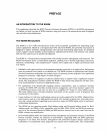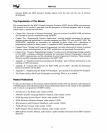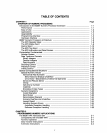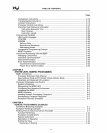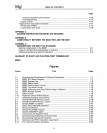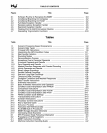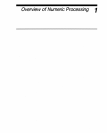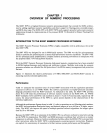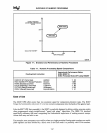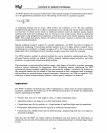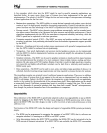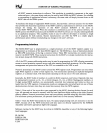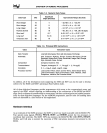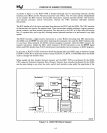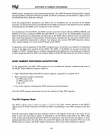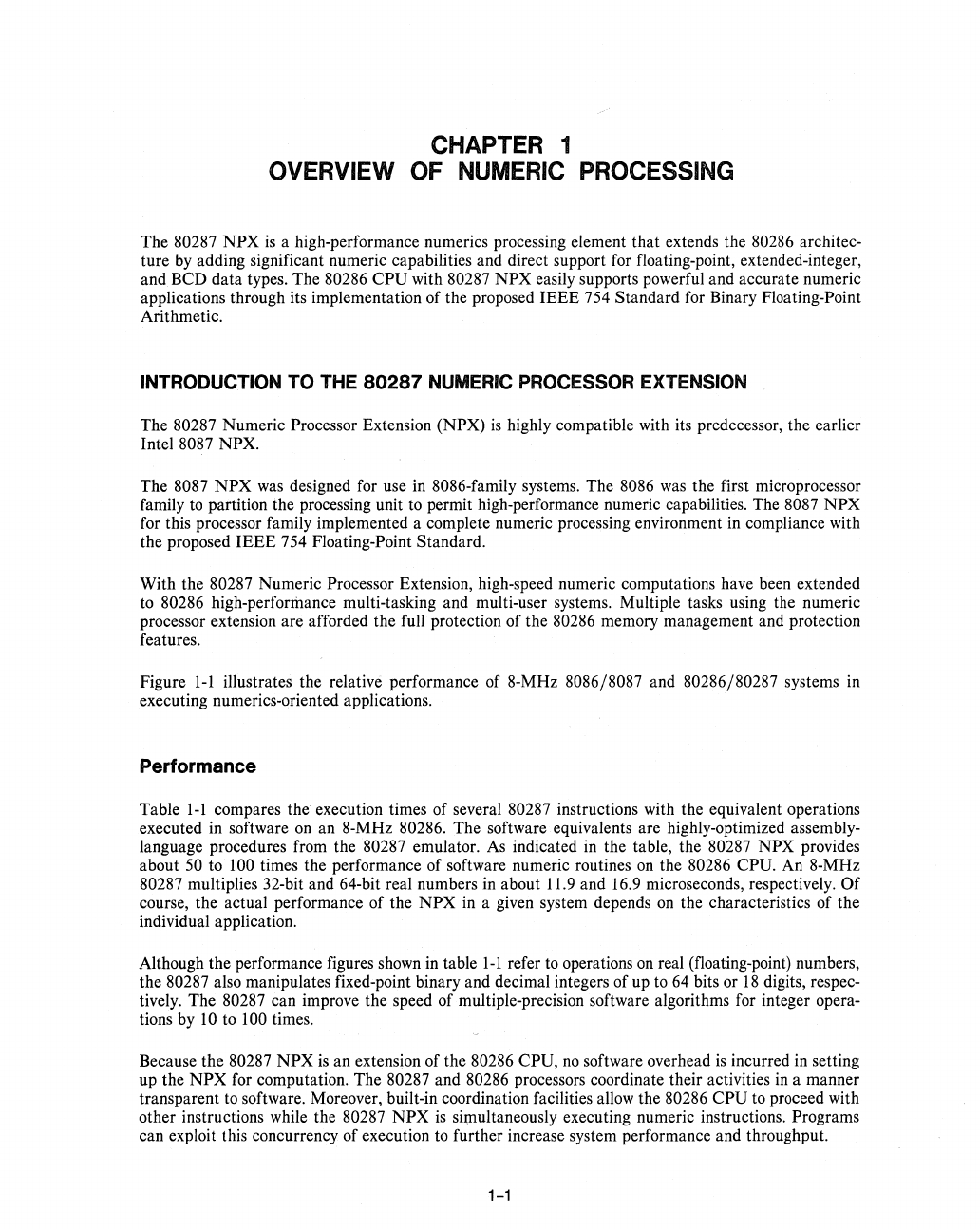
CHAPTER 1
OVERVIEW OF NUMERIC PROCESSING
The 80287
NPX
is
a high-performance numerics processing element that extends the 80286 architec-
ture by adding significant numeric capabilities and direct support for floating-point, extended-integer,
and BCD data types. The 80286
CPU
with 80287
NPX
easily supports powerful and accurate numeric
applications through its implementation of the proposed IEEE 754 Standard for Binary Floating-Point
Arithmetic.
INTRODUCTION TO THE
80287
NUMERIC PROCESSOR EXTENSION
The 80287 Numeric Processor Extension (NPX)
is
highly compatible with its predecessor, the earlier
Intel 8087
NPX.
The 8087
NPX
was designed for use in 8086-family systems. The 8086 was the first microprocessor
family
to
partition the processing unit
to
permit high-performance numeric capabilities. The 8087
NPX
for this processor family implemented a complete numeric processing environment in compliance with
the proposed
IEEE
754 Floating-Point Standard.
With the 80287 Numeric Processor Extension, high-speed numeric computations have been extended
to 80286 high-performance multi-tasking and multi-user systems. Multiple tasks using the numeric
processor extension are afforded the full protection of the 80286 memory management and protection
features.
Figure
1-1
illustrates the relative performance of 8-MHz 8086/8087 and 80286/80287 systems in
executing numerics-oriented applications.
Performance
Table
1-1
compares the execution times of several 80287 instructions with the equivalent operations
executed in software
on
an 8-MHz 80286. The software equivalents are highly-optimized assembly-
language procedures from the 80287 emulator.
As
indicated in the table, the 80287
NPX
provides
about
50
to 100 times the performance of software numeric routines
on
the 80286 CPU. An 8-MHz
80287 multiplies 32-bit and 64-bit real numbers in about 11.9 and 16.9 microseconds, respectively.
Of
course, the actual performance of the
NPX
in a given system depends
on
the characteristics of the
individual application.
Although the performance figures shown
in
table
1-1
refer to operations
on
real (floating-point) numbers,
the 80287 also manipulates fixed-point binary and decimal integers of up to 64 bits or
18
digits, respec-
tively. The 80287 can improve the speed of multiple-precision software algorithms for integer opera-
tions by
10
to 100 times.
Because the 80287
NPX
is
an extension of the 80286 CPU,
no
software overhead
is
incurred in setting
up the
NPX
for computation. The 80287 and 80286 processors coordinate their activities
in
a manner
transparent
to
software. Moreover, built-in coordination facilities allow the 80286
CPU
to
proceed with
other instructions while the 80287
NPX
is
simultaneously executing numeric instructions. Programs
can exploit this concurrency of execution to further increase system performance and throughput.
1-1



